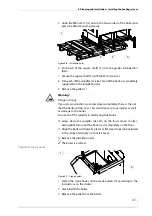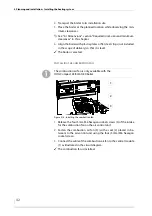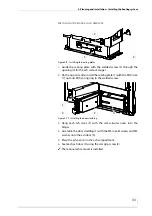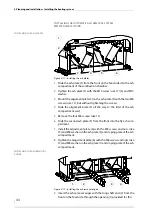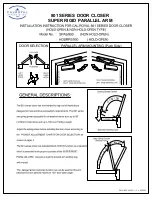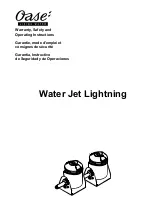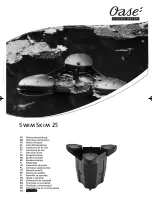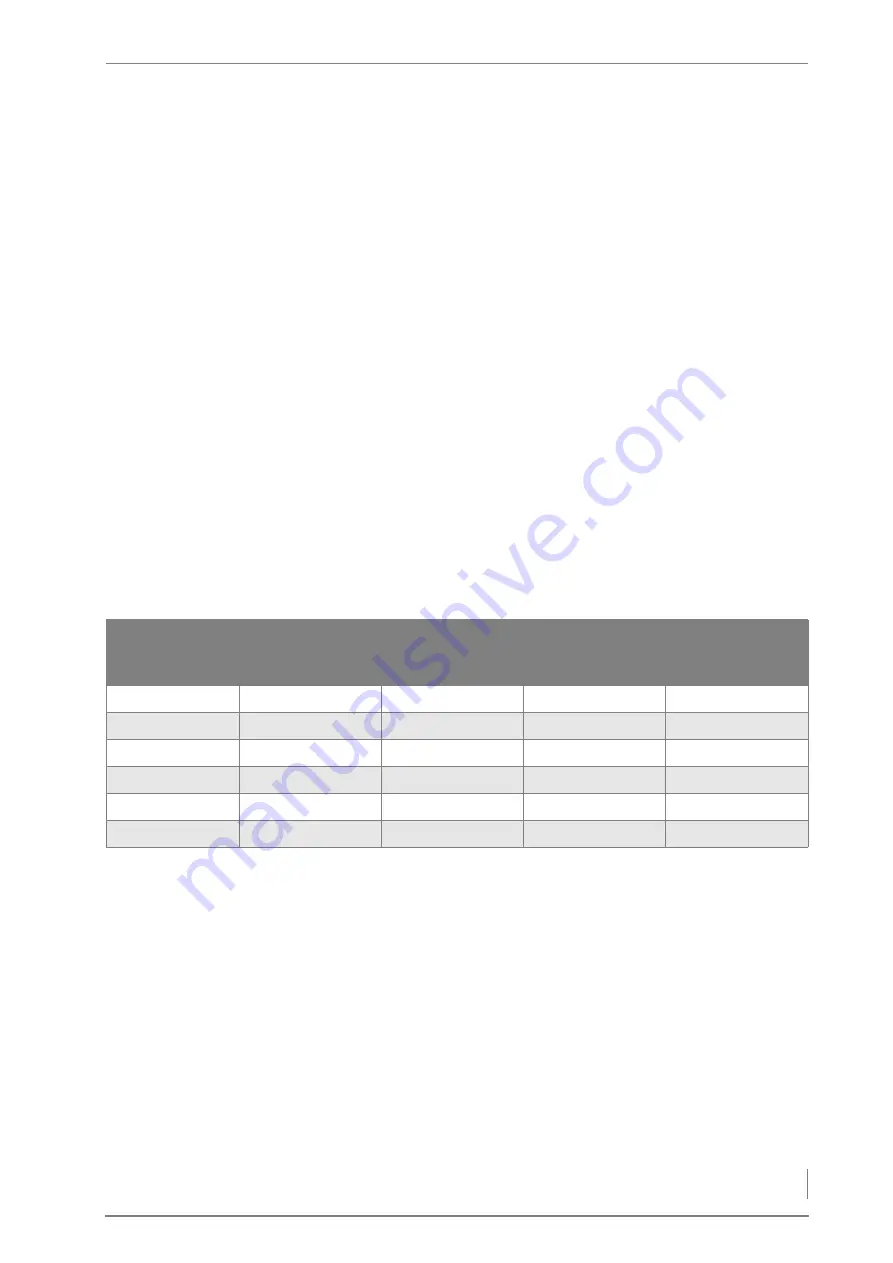
3 Mode of operation – Fuel quality requirements
29
the fuel classes 4 (wood chips), 5 (shavings), 5a (pellet) may be used
in the HDG Compact 25 - 80 heating system and also for fuel classes
6 and 7 for the HDG Compact 45/50/65/80.
F
UEL
CLASS
6
Painted, varnished or coated wood including remains thereof, pro-
vided no wood protection agents have been applied or are present
as the result of a treatment, and coatings do not contain organic hal-
ogen compounds or contain heavy metals.
F
UEL
CLASS
7
Plywood, chipboard, fibreboard or otherwise glued wood including
remains thereof, provided no wood protection agents have been ap-
plied or are present as the result of a treatment, and coatings do not
contain organic halogen compounds or heavy metals.
Fuel classes 6 or 7 may only be used in a wood processing plant at 30
kW or more nominal thermal power. In the case of painted, varnished
or coated wood, it should be noted that greater stress can be placed
on the wearing parts such as combustion chamber, fill level and
lambda sensors, which may reduce their service lives.
N
OMINAL
THERMAL
VALUE
DEPENDING
ON
WATER
CONTENT
The following table indicates the maximum nominal thermal power
depending on water content, in reference to the fuels approved for
the HDG Compact 25 - 80 in accordance with DIN EN ISO 17225 “Bio-
genic solid fuel - fuel specifications and classes”.
A1 P31S, M20, A1.0
wood chips and A1
pellets
A1 P45S, M25, A1.0
wood chips
A1 D60, L50, M12,
A1.0 pressed wood
briquettes
A1 shavings
M20, A1.0
HDG Compact 25
31 kW and 26 kW
28 kW
-
-
HDG Compact 35
31 kW and 35 kW
28 kW
-
-
HDG Compact 45
45 kW
43 kW, (42 kW)
43 kW
42 kW, (40 kW)
HDG Compact 50
50 kW
48 kW
48 kW
47 kW
HDG Compact 65
65 kW
63 kW
63 kW
62 kW
HDG Compact 80
80 kW and 85 kW
78 kW
78 kW
77 kW
Table 3/5 - Max. nominal thermal power depending on water content



























